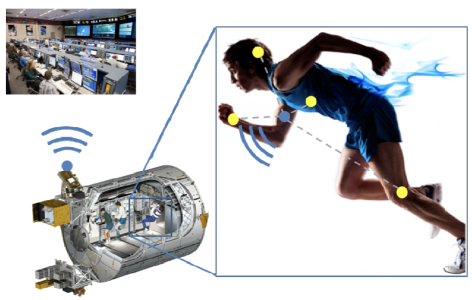Human Power Source

Energy harvesting (also known as power harvesting or energy scavenging) is the process by which energy is derived from external sources (e.g., solar power, thermal energy, wind energy, salinity gradients, and kinetic energy), captured, and stored. Frequently, this term is applied when speaking about small, wireless autonomous devices, like those used in wearable electronics and wireless sensor networks. One of the main advantages is that it makes small devices truly autonomous, since the replacement of batteries will become obsolete. Energy harvesting has many applications, one of which is for use with astronauts. By replacing battery operated systems, the weight and size of an astronauts monitoring system can be greatly reduced. The goal of the Human Power Source project (also referred to as "HEFAISTOS") was to review and investigate the possibilities to use energy harvesting for exactly these applications on astronauts. On the basis of this researchthe developed system harvests power by converting human heat into electricity, and is able to drive a wireless autonomous ECG sensor
